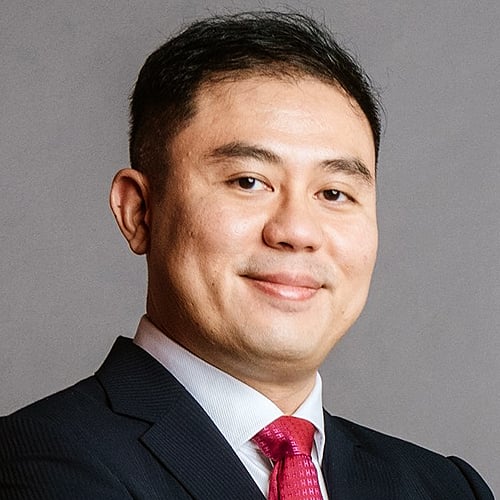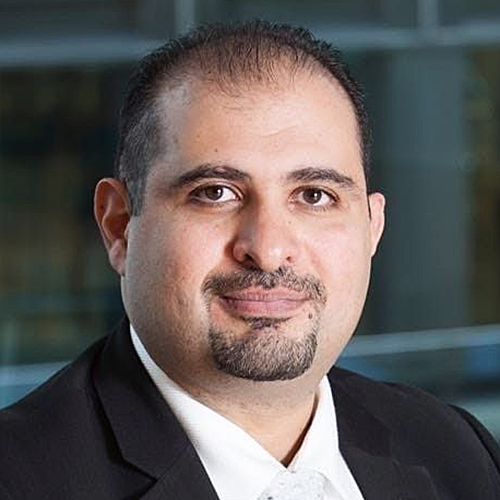The insurance-linked securities (ILS) market in the Asia-Pacific region is set for rapid development against a positive regulatory dynamic in Singapore and Hong Kong and amid the ongoing quest for yield among global institutional investors.
Industry insiders suggest that the Covid-19 onslaught has sharpened interest in the ILS market, which primarily consists of issuing catastrophe-linked bonds (cat bonds) designed to insure countries and enterprises against natural disasters, such as earthquakes, typhoons, hurricanes and pandemics.
Cat bonds have not been free from controversy, sitting as they do in an industry – insurance and reinsurance – that aims to limit underwritten losses in the event of the insured event occurring.
Against the rush of aid provided by governments, multilateral lenders and commercial banks in response to the economic fallout from the Covid-19 pandemic in the form of special loan facilities and social bonds, the cat bond can seem archly self-serving and heartless.
The concept of an instrument that is established ahead of a catastrophe, but has parametric structuring – based, for example, on the Richter scale measurement of a earthquake, the speed of a hurricane, or the death headcount in a pandemic – sticks in the craw of a large number of environmental, social and governance (ESG)-focused investors.
But more of that later in terms of a specific example that still hangs over the cat bond arena. For now, the appeal of the product from an investor perspective is not only the generous yields on offer against a parsimonious rate backdrop where ever more government benchmark yield curves move into negative territory.
It also exists in the context of a high-yield bond proposition that is dogged by en masse default concerns and where equity and debt securities have demonstrated the capacity to move in lockstep during periods of downside volatility – as demonstrated during the market swoon in March when the economic implications of the pandemic first induced investor psychology into a state of panic.
Cat bonds have low correlation to such meltdowns and are increasingly finding their way into institutional investment portfolios as a result.
In Asia, Singapore is seeking to emulate the growth of the cat bond market in the US, where annual issuance has averaged US$10 billion over the past four years. (There are US$42 billion of cat bonds outstanding.)
Last year, the city-state established an ILS scheme, set to run out in 2022, whereby the Monetary Authority of Singapore covers all of the upfront issuance costs of a cat bond of up to S$2 million (US$1.5 million).
Issuance in Singapore kicked off early last year with a modest A$75 million (US$53 million) trade by Orchard ILS to cover disasters in Australia and New Zealand, and there have been nine more issues under Singapore’s domicile since then.
Singapore aims to become Asia’s ILS domicile hub. But the city-state faces competition in that race from Hong Kong, which recently passed a law allowing for ILS issuance domiciled in the former British territory. All things being equal, the dynamic of competition between the region’s two big financial centres seems likely to turbocharge long-term ILS market growth in Asia as the product establishes itself.
If there’s a shadow hanging over the ILS market, it’s there in the form of pandemic cat issuance from the World Bank in 2017 (under a scheme first launched in 2014 when the Ebola virus hit West Africa) that was roundly criticized for its cumbersome legal drafting and parametric structuring that caused delays in the bond’s payout to the developing countries it insured.
The US$320 million bond finally paid out US$200 million to investors, but plans to launch another deal under the scheme – the “pandemic emergency facility” – were shelved by the World Bank in July, and there are no plans for further issuance under the scheme.
That example might prompt fundamental questions about the ILS product, and just where it sits on the ESG spectrum from the point of view of investors and the countries aiming to use the product, as in developing economies the product is often used with the assistance of highly-rated multilateral development banks.
But the answer lies in the need for countries to be prepared for disasters and the balancing of the financing mix offered by ILS that affords those countries the ability to fine-tune term funding and reduce the long-term cost of capital.
If the rush of pandemic bond issuance, which totalled a staggering US$325 billion in Asia-Pacific between January and August, demonstrates anything, it is not the concept of “after the fact” financing, but the need for preparedness.
The hope is that ILS issuance sizes will increase to cover the most vulnerable countries and the redemption burden will be reduced should countries covered by the debt face credit stress unrelated to cat bond triggers, such as severe economic downturn, currency devaluation or capital flight, under which tenor can be extended. (The typical ILS tenor is three years.)
Covid-19 has brought cat bonds into the spotlight as never before. My suspicion is that they will become an ever-more significant asset class within Asia, thanks to the above dynamics. And, as they gain a rising profile, expect more innovation, issuer type – the arena is a clear example of the potential for public-private partnership within the region – and a fast-growing investor base.









